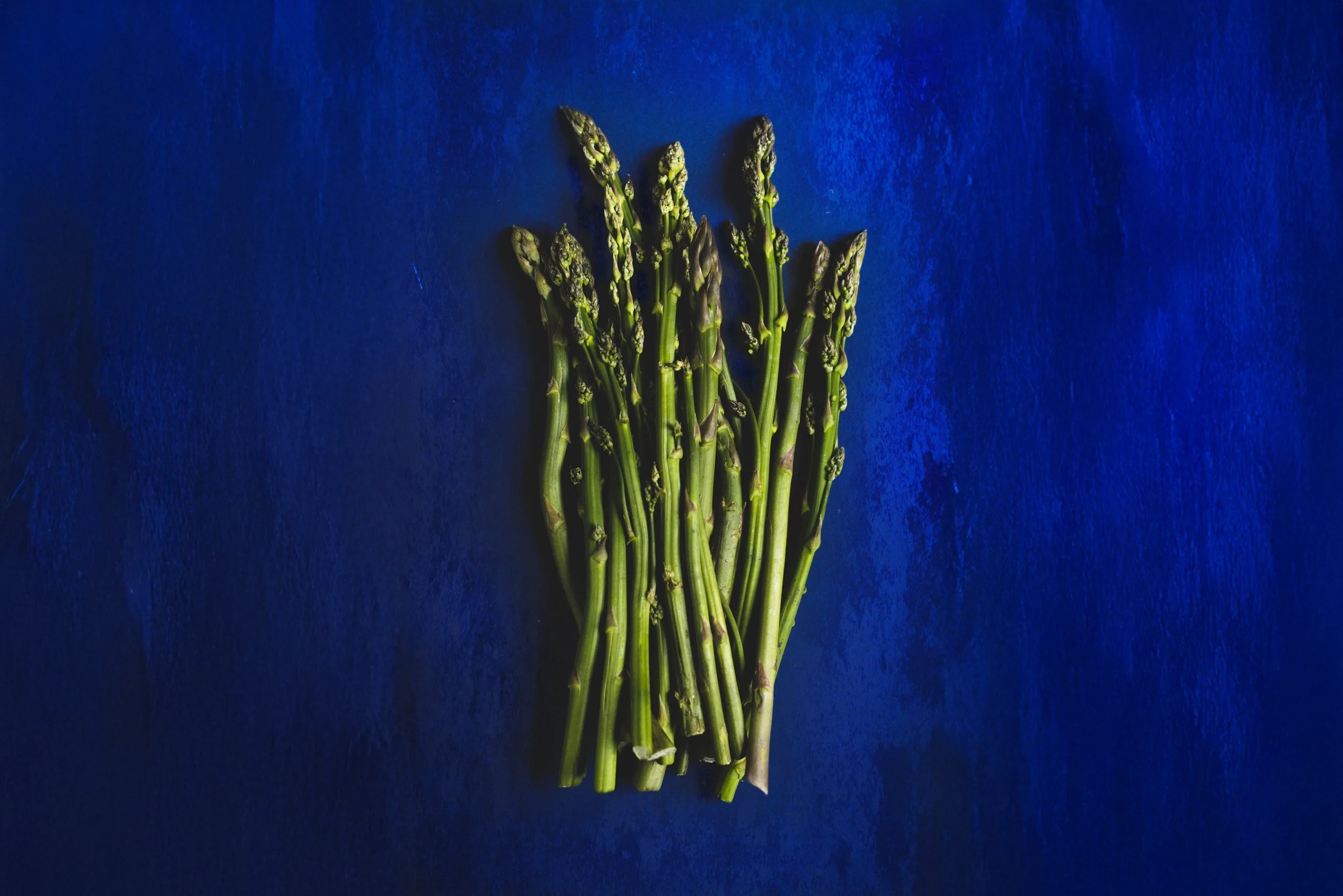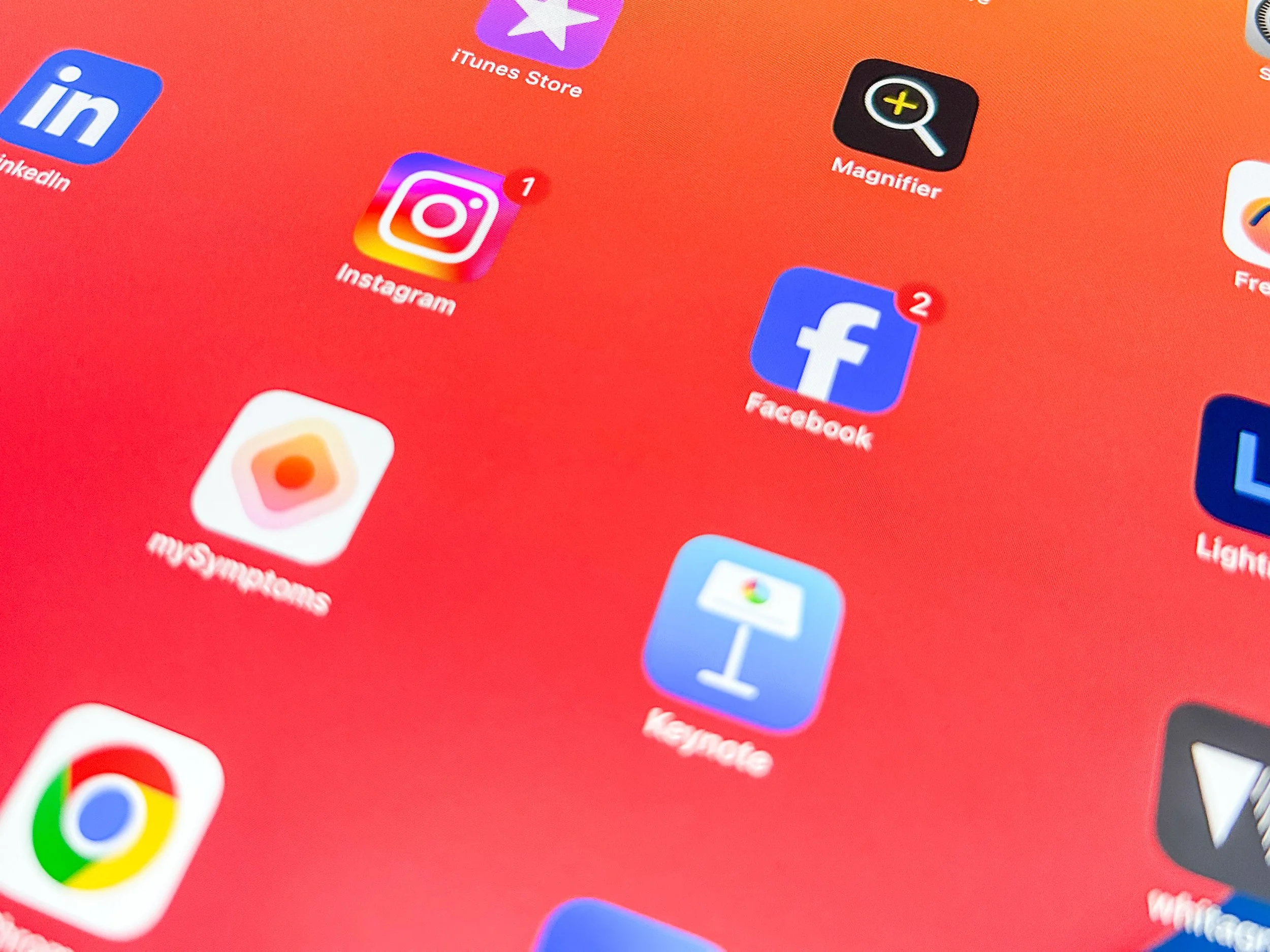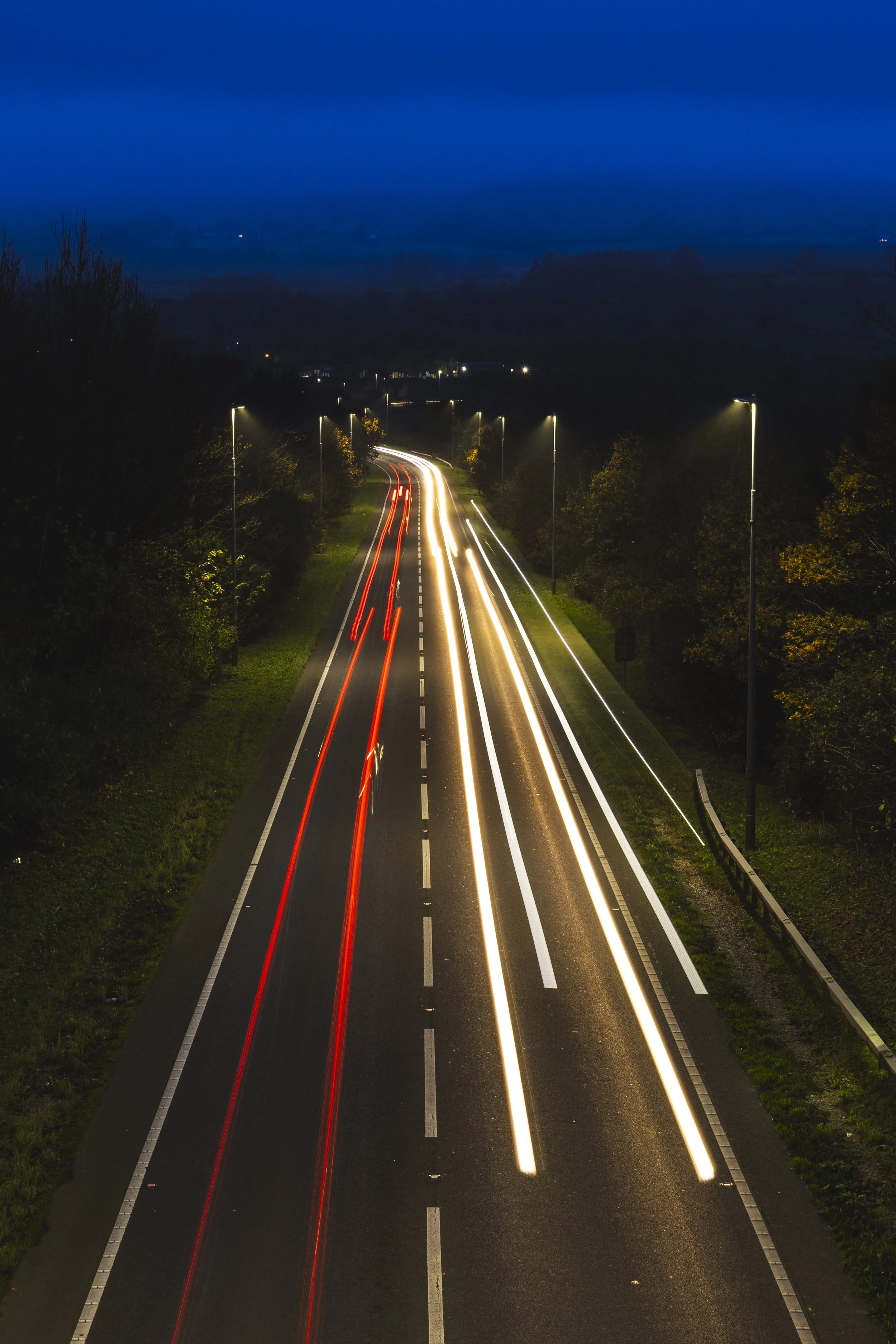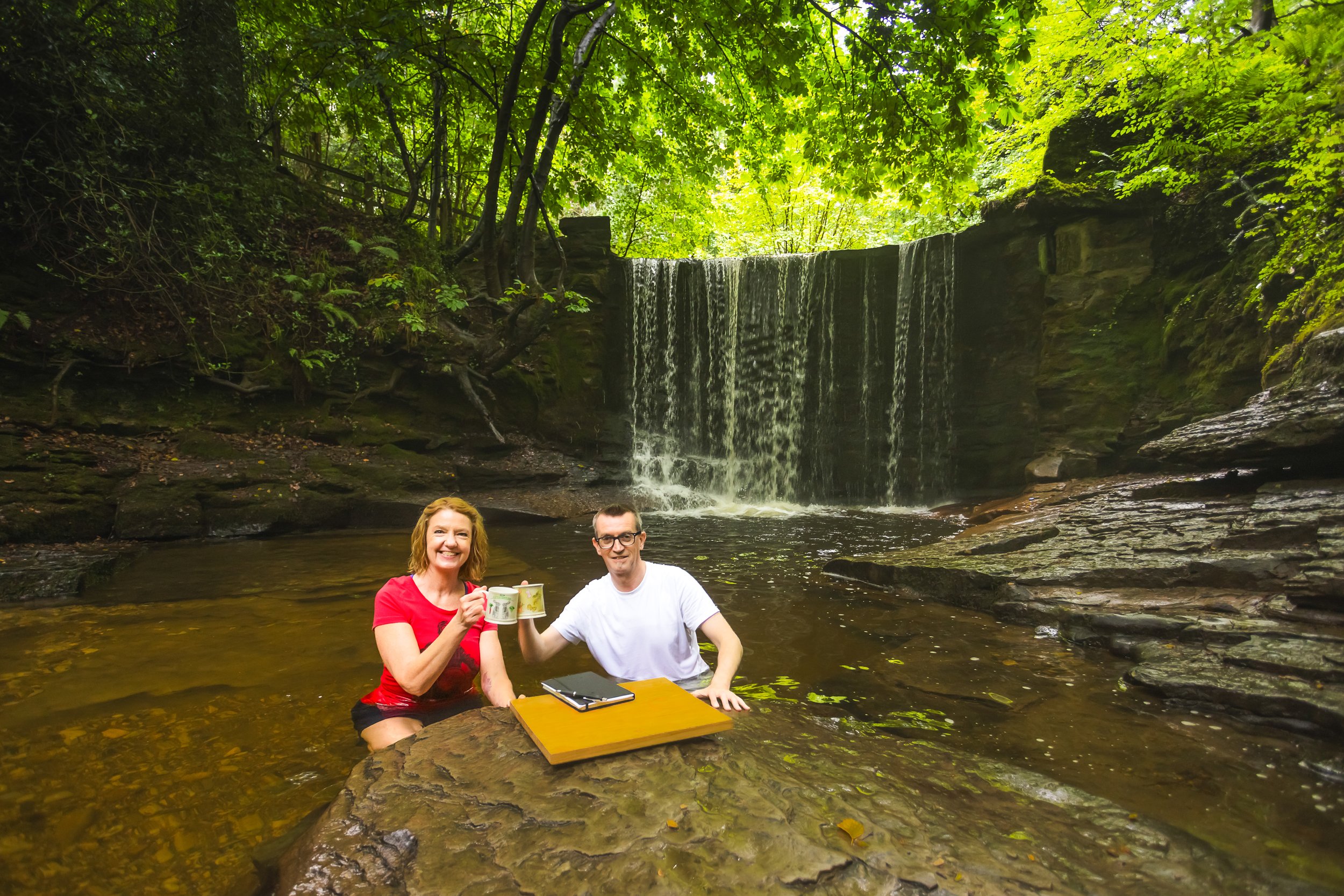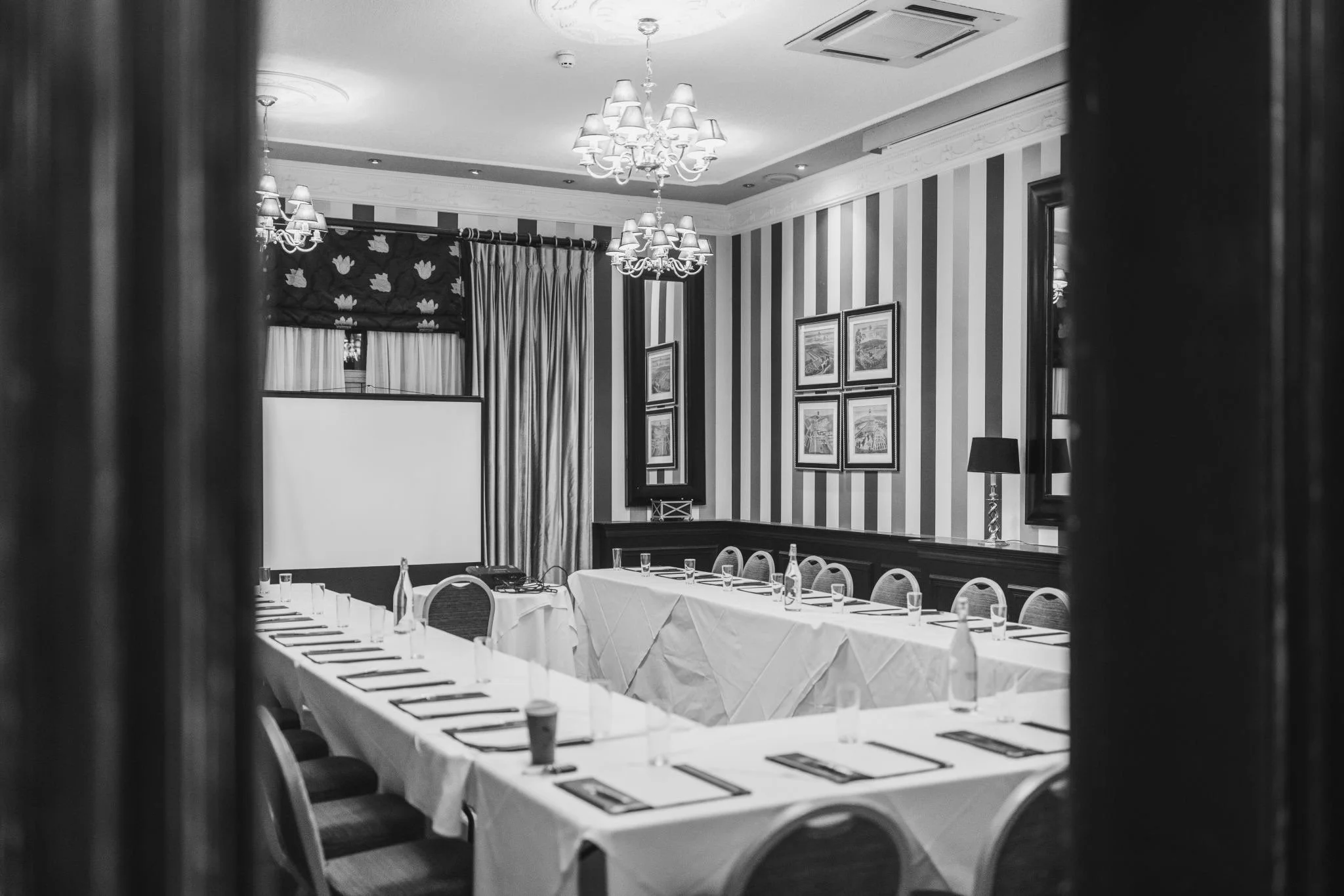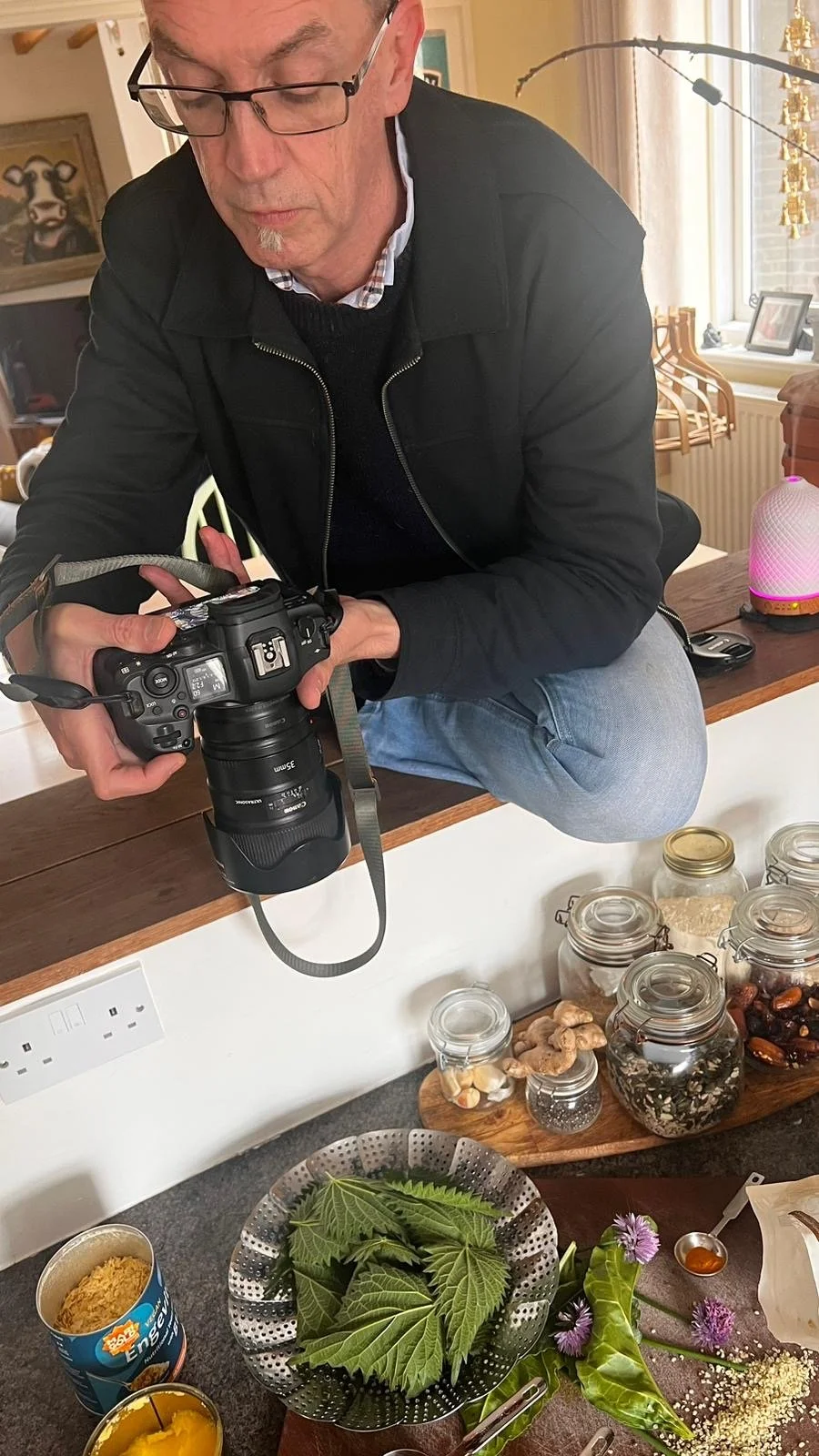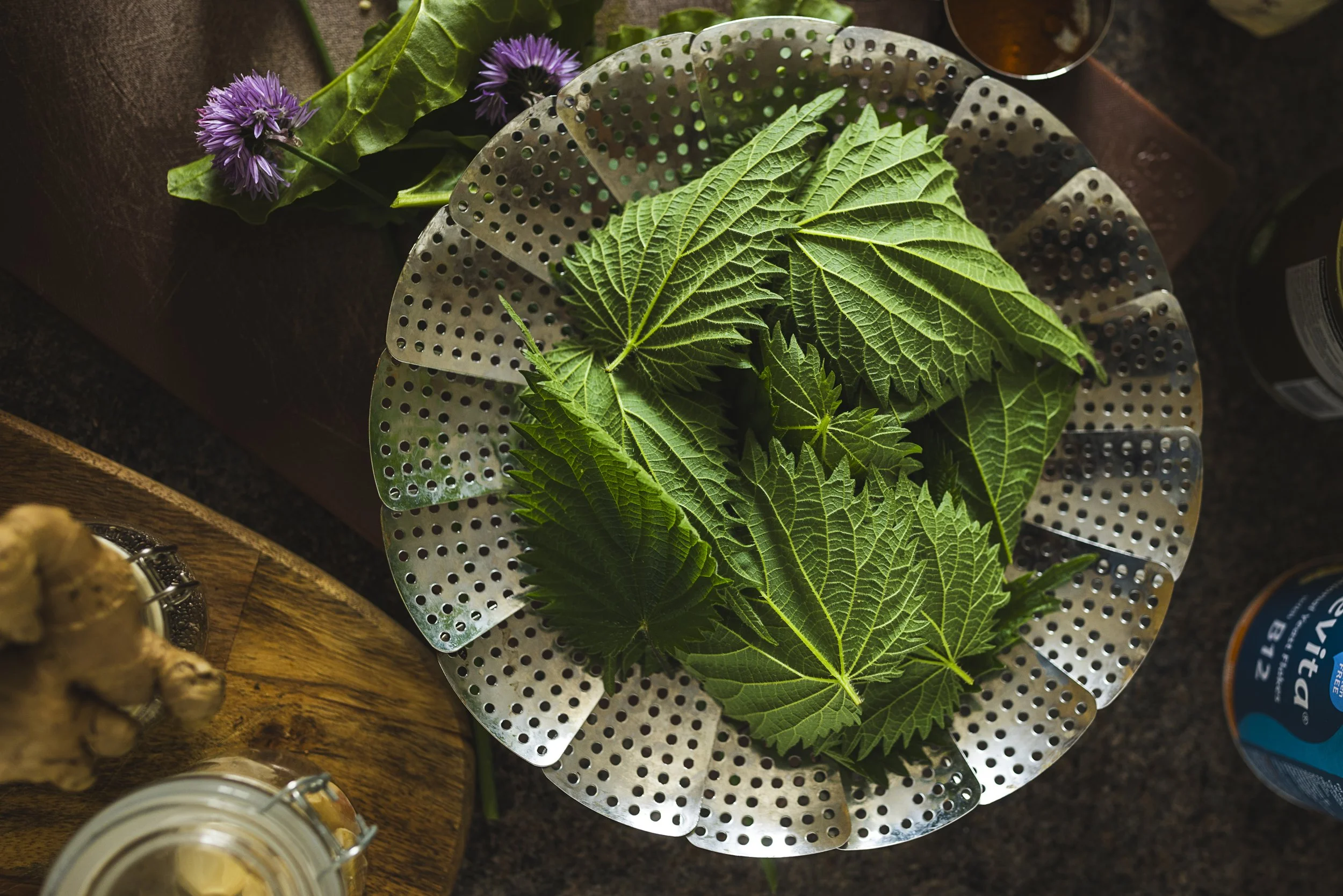In 2014, I lost my father to bowel cancer, a disease that was once extremely rare but has become alarmingly common in the modern world. Before that, he was diagnosed with type 2 diabetes and was told he would need medication for life. Instead, he took control of his health by eliminating processed foods, refined sugars, and unhealthy carbohydrates. Within months, he reversed his diabetes completely.
His recovery from diabetes showed me the power of food, but his passing from cancer made me question something deeper:
Why are diseases like diabetes, cancer, and dementia more common now than ever before?
The more I researched, the more I realised that ultra-processed foods—those convenient, long-shelf-life products packed with artificial ingredients—are at the root of the problem.
The Link Between Processed Foods and Disease
Modern processed foods are not just unhealthy; they are designed to be addictive. They are loaded with refined sugars, harmful seed oils, artificial flavours, and preservatives, all while lacking the nutrients our bodies need.
The effects of this diet are devastating:
Type 2 diabetes has skyrocketed alongside the consumption of processed foods.
Dementia, now called type 3 diabetes, is linked to insulin resistance in the brain.
Bowel cancer, the disease that took my father’s life, has strong ties to ultra-processed foods, low-fiber diets, and gut inflammation.
For decades, food companies have dictated what we eat, prioritising profits over public health. Instead of helping us make better choices, they market cheap, nutrient-poor products that keep us sick and dependent on medication.
The Irony of Our Healthcare System
One of the most shocking things I’ve noticed is the irony of our hospitals. These are the very places where people go to seek treatment for diseases like diabetes, heart disease, and cancer—yet their shops are filled with the very foods that contribute to these conditions.
It’s almost laughable, if it weren’t so tragic.
Hospitals should be places of healing and recovery, yet they are filled with vending machines, fast-food outlets, and shelves stocked with sugary snacks and processed meals. How can we expect people to get better when the very institutions meant to heal them are surrounded by the foods that made them sick in the first place?
This isn’t a coincidence—it’s a reflection of a broken system. A system that treats disease with medication, rather than addressing the root cause: poor nutrition.
We Need Better Education in Schools
One of the biggest problems is a lack of proper food education in schools. We are not taught what’s really in our food, how to read ingredient labels, or how to prepare nutritious meals. Instead, we grow up surrounded by misleading marketing, believing that “low-fat,” “sugar-free,” or “fortified” means healthy.
This isn’t the first time people have been misled by those in power.
History Repeats Itself: Are We Being Controlled?
During the Middle Ages, most people couldn’t read or write, and they believed everything those in power—often religious leaders—told them. They were kept in the dark, controlled through fear and blind faith. But over time, education prevailed, and people began to question what they had been told.
Now, in the modern world, the same thing is happening with food and health.
We are led to believe that ultra-processed foods are “safe,” that pharmaceutical companies have our best interests at heart, and that chronic disease is just a part of life. But what if the truth has been hidden from us? What if we’ve been deliberately misinformed so we remain dependent on a system that profits from our illness?
Knowledge freed people in the past. It can free us now.
Alternative Ingredients & Smarter Choices
It’s not about saying, “never eat bread,” or “never enjoy a treat.” It’s about finding better alternatives—foods that fuel our bodies instead of damaging them.
Refined sugar can be replaced with natural sweeteners like raw honey or dates.
Highly processed oils (vegetable, canola, sunflower) can be swapped for healthier fats like olive oil, avocado oil, or butter from grass-fed cows.
Ultra-processed snacks can be replaced with whole, real foods that satisfy cravings without long-term harm.
We do have choices, but we first need the right information to make them.
My Mission: Eliminating Processed Foods & Educating Others
Since learning all of this, I’ve made it my mission to remove processed foods from my diet and help others do the same. I’ve already seen massive improvements in my health since cutting out sugar, dairy, and wheat—problems I thought were “normal” have disappeared.
As a photographer, I believe in the power of visual storytelling, so I’ll be using my platform to:
Show the stark differences between whole foods and processed foods
Highlight the hidden ingredients in everyday products
Document my health transformation and share better alternatives
This isn’t about forcing a diet on anyone—it’s about awareness and choice.
Big food companies profit from keeping us sick and uninformed. But knowledge is power, and when we take control of what we eat, we take control of our health.
If you’ve ever struggled with diabetes, gut issues, brain fog, or unexplained health problems, start looking at what’s in your food. You don’t have to change everything overnight, but every small step matters.
Let’s push for better education, expose the truth about processed foods, and reclaim our health—one meal at a time.
Ray






